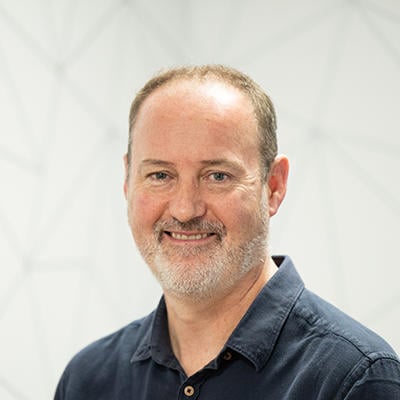Mars, space tourists and the new H3 rocket

On February 9, 2021, the United Arab Emirates’ Hope probe slipped neatly into orbit around Mars, the successful culmination of a seven-month voyage from the Tanegashima space station in Japan.
Launched onboard Mitsubishi Heavy Industries (MHI) Group’s H2A launch vehicle in July 2020, the UAE probe wasn’t alone when it finally reached the red planet. Missions from China and NASA arrived in close proximity, a nod to the growing ambitions of today’s space explorers set on venturing deeper into the unknown.
As the space sector becomes more ambitious and commercialized, it requires a new generation of launch vehicles capable of transporting bigger payloads as far as Earth’s neighboring planets.
To that end, MHI’s next generation H3 launch vehicle series has been designed to meet the changing needs of today’s space industry.
Next-generation space travel
With its maiden flight scheduled for late 2021, the H3 represents a new phase in MHI’s space program, which spans more than four decades. Making launch services flexible and cost-effective is key as the private launch market becomes increasingly competitive.

“The H3 will help MHI better service both our government and our commercial launch partners,” says Ko Ogasawara, who helped develop MHI’s launch vehicles and is now a professor at Tokyo University of Science.
So what are space businesses looking for when they choose a launch partner?
Today’s launch market is characterized by a diverse range of satellites, comprising many different weights, shapes, sizes and functions.
Conventional communication satellites in geostationary orbit – positioned above the Earth’s equator and following the planet’s rotation – typically weighed around 4 to 6 metric tons. But a new generation of software-defined satellites is changing today’s launch market, providing flexible communications satellites at around half the weight of conventional communication satellite.
In addition, the use of constellation programs at low earth orbit, where a batch of small satellites – each weighing a few hundred kilograms – are launched together to form a global network in space, is another trend transforming demand.
“We are seeing an increase in constellation programs with commercial and military applications for communications, Internet of Things or Earth observations, which presents exciting opportunities for launch providers,” says Ogasawara.
The H3 range is bigger than its predecessors and has been designed with improved payload capacity, allowing greater flexibility. Utilizing spare capacity or initiating many small satellites from multiple launch partners on the same flight, means individual launch costs are reduced.
The new launch vehicle looks set to conduct six annual launches initially, up from four or five currently, increasing to between eight and 10 over the coming decade. More launches allow the time between contract and launch to be reduced, giving H3’s partners greater flexibility.
During manufacturing, costs are controlled by employing the spirit of Kaizen, or constant improvement, alongside advanced manufacturing techniques like 3D printing to produce components including engine parts, which are then assembled by automated robotic systems.
Operationally, the H3 has an automated self-checking system that eliminates potential for human error, and ensures launches proceed on schedule, maintaining MHI’s unequalled on-time success rate. A delay leaves the payload sitting on the launch pad instead of floating in space, which can have serious and costly business repercussions.
Launching Hope
Developed in partnership with the Japan Aerospace Exploration Agency (JAXA), the new launch vehicle builds on the success of the H2 series, which sent the UAE’s probe to the red planet.

Getting to Mars involved launching the Hope probe across millions of miles of open space. Traversing such a vast distance requires a high rocket mass to payload ratio, compared to the MHI launch vehicles used to launch supply missions to the International Space Station (ISS) or into Lower Earth Orbit, both comparably close by in space terms.
In a first for the Arab world, the UAE orbiter will conduct scientific analysis of Mars’ atmosphere and climate. Entering a high orbit, part of Hope’s mission is to capture images of the planet’s globe-like outline to study how energy moves through its atmosphere.
Future missions to Earth’s far-flung neighbors can be better serviced with the H3’s greater size and payload capacity.
In that future, Ogasawara talks of transforming then-decommissioned space stations like the ISS into Low Earth Orbit hotels for paying space tourists or building new space platforms as gravity-free factories among the stars.
“I hope in 20 or 30 years from now, people can visit space hotels on platforms orbiting the Earth and enjoy weightlessness and a clear view of the stars,” says Ogasawara.
With the next-generation H3 launch vehicles designed for heavier payloads, and its experience of developing modules for the ISS with JAXA, could MHI one day add space tourism and stellar factory supplies to its list of launch services? Stranger things have happened.
Learn more about MHI launch services





